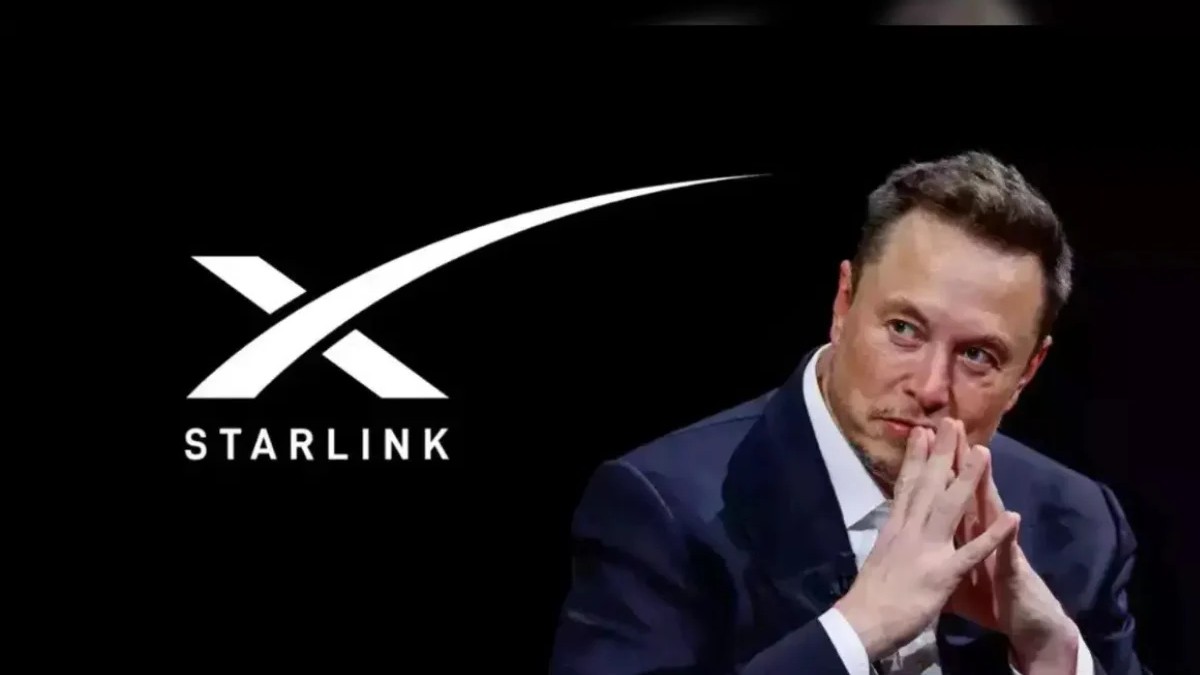Necessary Always Active
Necessary cookies are required to enable the basic features of this site, such as providing secure log-in or adjusting your consent preferences. These cookies do not store any personally identifiable data.
|
||||||
|
||||||
|
||||||
|

India has made important progress in securing citizen data from international companies. The government announced that Elon Musk’s satellite internet service has agreed to follow local data storage rules. Starlink will store user data in India, the government confirmed on Thursday in Parliament, Business Today reported.
The Department of Telecommunications (DoT) has issued a Unified License to Starlink Satellite Communications Private Limited after the company agreed to all required terms, including strict security guidelines. Starlink is now set to launch its affordable satellite internet services in India.
Indian satellite internet data rules are designed to protect citizen privacy and national security. The government requires all companies providing internet services to store user data within Indian borders. This rule applies to both traditional internet providers and emerging satellite internet services.
These regulations ensure that Indian authorities can access data when needed for legal purposes. It also prevents foreign governments from easily accessing sensitive information about Indian citizens. The rules are part of a broader effort to maintain control over digital infrastructure.
Companies that fail to comply with these requirements face serious consequences. They can lose their operating licenses or face heavy fines. The government takes data sovereignty very seriously, especially when it comes to critical communication services.
Starlink’s data privacy in India has been a key concern for regulators and users alike. The company initially faced questions about where it would store Indian user information. Many people worried that their personal data might be sent to servers in other countries.
Elon Musk’s company has now addressed these concerns by agreeing to local data storage. This means Indian users’ browsing history, personal information, and communication data will stay within the country. The move should help build trust between Starlink and potential Indian customers.
The company will need to set up local data centers or partner with Indian firms. This investment shows Starlink’s serious commitment to the Indian market. It also creates jobs and business opportunities for local technology companies.
Starlink satellite internet in India represents a major opportunity for both the company and Indian users. Many remote areas in India still lack reliable internet access. Satellite internet can reach places where traditional cables and towers cannot go.
The service will be especially valuable in mountainous regions, islands, and rural villages. Students in remote areas will gain access to online education. Small businesses can connect with customers across the country and around the world.
Starlink’s entry into India will also increase competition in the internet service market. This competition typically leads to better services and lower prices for consumers. In July, the Union Minister of State for Communications, Pemmasani Chandra Sekhar, revealed that Starlink’s users will be limited to 20 lakh users in India.
India’s satellite data storage norms are part of a comprehensive approach to digital governance. The government wants to ensure that critical data infrastructure remains under national control. This strategy helps protect both individual privacy and national security interests.
The policy also encourages foreign companies to invest in local infrastructure. When companies build data centers in India, they create jobs and transfer technology. This approach helps develop the country’s digital economy while maintaining data sovereignty.
The minister said, “Satellite-based communication services is an upcoming area and, as any new economic activity would do, it is also expected to generate employment in the country, as it involves, inter alia, the installation, operation and maintenance of the telecom network including user terminal equipment.”